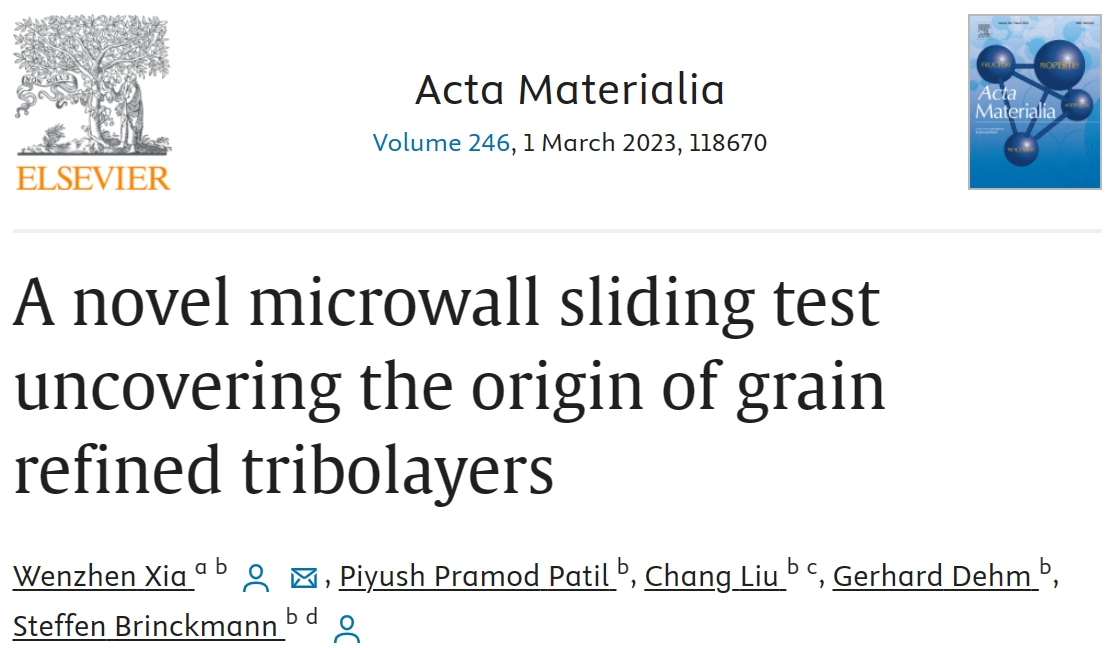
The tribology induced microstructure determines the tribological properties of metals. Yet the complex interaction of multiple microcontacts makes it impossible to decouple the fundamental plastic mechanisms. Single nano-/microasperity sliding tests allow to separate the microcontacts and to study the origins of plastic evolution during the initial stages of wear. However, the fundamental formation mechanisms of the sliding induced grain refinement are still largely unknown. In this work, we pre-remove material around the wear track and produce microwalls, which simplify the stress state and allow to directly inspect the contact zone. After sliding on the microwalls, a misorientation jump forms in the crystal orientation below the wear track. The crystallographic misorientation reaches 30° in some configurations, resulting in the formation of large angle grain boundaries. The misorientation jump formation depends on the grain orientation, wear direction and on twin boundaries in its path. We unravel the grain formation mechanism via slip-step and dislocation analysis and address dislocation arrangements at the grain boundary. This novel microwall sliding test has a potential to better understand the origins of microstructure modification in metals during the run-in stage of wear.
Link:A novel microwall sliding test uncovering the origin of grain refined tribolayers - ScienceDirect